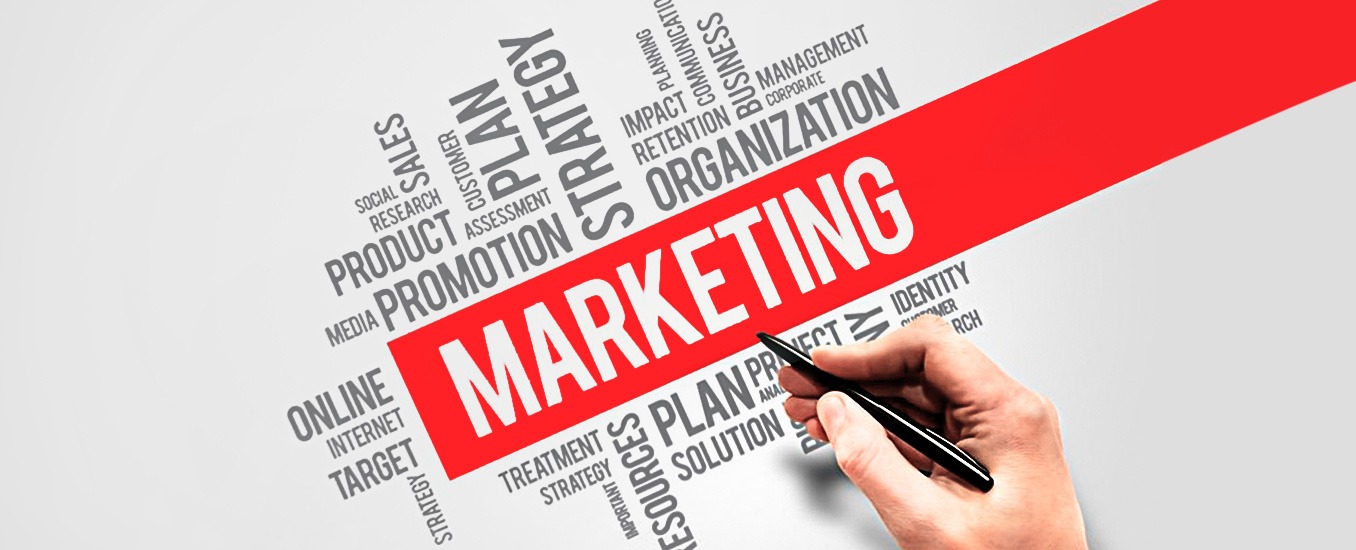
The modern marketplace is unlike anything seen before in human history. For example, eCommerce allows anyone to order practically anything from anywhere in the world with virtual currency. Often with the help of a virtual assistant that personalizes its recommendations so that each person’s buying journey is unique. In this new age, previously reigning marketing paradigms like the 4Ps of marketing are also undergoing a transformation. Welcome to the age of the 4Es of Marketing instead.
The “4Es” of Marketing are “Experience”, “Everyplace”, “Exchange” and “Evangelism”.
Anyone familiar with Marketing theory will recognize that the 4Es draw their basic wisdom from the famous “4P” mnemonic in modern marketing theory. However, in the old marketplace, firms’ marketing needed to concentrate on balancing their Products, Price, Promotion activities and Placement (i.e. where the products are available) in line with their segmentation. Thus, loyalties were long term, differentiation was stark and product evolution was slower. On the other hand, the “4E” concept reflects that today’s customer is truly king (or queen!), and each of our buying journeys are as different as we are from each other.
Experience:
Customer purchase decisions are a mix of utility fit and emotional appeal. That’s as true for chocolates as earthmovers. The modes are different for B2C and B2B businesses, of course. A retailer’s focus may be on the visual appeal of the store, having friendly staff at hand to put customers at ease and answer questions, and helpful digital screens to direct customers to the right aisles or show helpful product usage videos. B2B customers may instead care more about seamless databases, 24×7 support and how important their vendor-partners make them feel. Either way, customers don’t just care about product features; they care how their product experience is in its entirety. That’s not to say that customers aren’t cost-conscious. In fact, they have become even more so, and desire more from the transaction than just “money-for-goods”. They want an Exchange.
Exchange:
They say nothing in life is free- not even free stuff! Customers understand that, yet there is a rush every year during the Christmas discount season. The reason? Perceived value for money. Product pricing is inevitable, but the modern customer demands more. Free giveaways like memberships and discounts are always popular but can’t create long term differentiation. Customers really value brands which respect them- those who value their time, respect their values, support their favorite causes, or even just acknowledge them with genuineness. When a brand succeeds, customers are willing to make an exchange. Their commitment to the brand in exchange for the brand’s loyalty to them. Notice that this is a complete reversal of the marketing paradigms of old, where brands committed time and resources to develop loyalty in one segment of customers.
Everyplace:
In modern trade, a brand’s distribution channels are many more, and much more fluid than in traditional business models. For example, a B2B office supply company would have segmented clients by revenue share and directed them to either local distributors, or inhouse KAMs. In the modern marketplace, there are still the old channels, but customers may now reach them over the phone, their websites, social media, or even through ERP-to-ERP ordering. With so many ways for customers to reach suppliers. Suppliers also need to ensure that their goods and services are accessible and visible anywhere. That means they must do more to ensure superb product experiences keeping in mind local challenges like cultural differences, buying power differences, supply chain issues, etc.
Evangelism:
The dictionary defines promotion as “support or encouragement of a cause” and evangelism as “zealous advocacy”. This conversion of merely encouraging or supporting a brand to making it a personal mission to convince one’s fellow humans that supporting a brand is a good idea is possibly the greatest success any brand can hope to have. That’s exactly what the last of the 4Es suggests brands attempt to do. The idea is that if a person’s encounter with a brand, through its product experience. The multiple “everyplace” touchpoints and exchange have been satisfying. The result will be an active supporter of the brand who will take to recommending the brand actively through social media. The top of mind recall when suggesting brands to their friends, etc.
The 4E concept isn’t totally new- it was first proposed by an Ogilvy executive over a decade ago. However, it is more relevant now than ever before. With faster connection speeds, better devices and new emerging technologies like augmented reality. With a lot of utilitarian shopping relegated to transactional online channels. The retailers can focus on creating experiences that allow a different level of exchange between brand and customer- one that the latter is happy to evangelize.
Whether it is a B2B, B2C or B2B2C brand, firms need to remember that business happens between people, not computers! It is time for brands to focus on the 4Es of markrting to become more people-centric and deliver the brand experience that their customers deserve.



